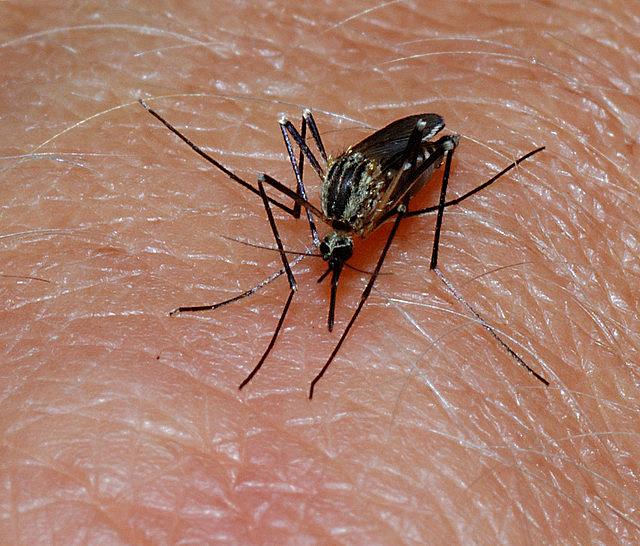The End of Dengue Fever?

I saw a lot of interesting health related research being done while I was on a research trip in Australia in April for my book on global warming and health. But probably the most intriguing research I uncovered was being conducted by a research team that's received more than $7 million from the Gates Foundation which may eventually eliminate dengue fever-and possibly other vector-borne diseases.
In a pair of papers that were published earlier this week in Nature, a research team led by entomologist Scott O'Neill of Monash University in Melbourne revealed an entirely new way of combating dengue fever. They disarm the dengue-carrying Aedes aegypti mosquito by injecting it with a harmless bacterium that interferes with the virus's ability to reproduce itself.
"It could be a game changer," says Scott Ritchie, an entomologist at James Cook University in Cairns who is part of the research team. "It's almost like a dengue vaccine for the dengue mosquito."
Dengue fever is on the rise, especially in teeming tropical cities without adequate sanitation in the developing world, and sickens as many as 100 million people every year. And if their approach works, it could not only eliminate dengue but open up a new way of stopping the spread of other insect-born scourges, such as yellow fever, West Nile virus, Lyme disease and even malaria, which kills a million people every year and whose incidence is expected to skyrocket as the planet heats up.
They infect mosquitoes with Wolbachia bacteria, a Trojan horse strategy that somehow prevents the bugs from transmitting the dengue virus. Wolbachia is safe and is present in up to 70 percent of insects. "These bacteria may exist in insects to provide protection against viruses," speculates Ary Hoffmann, a study coauthor and a Wolbachia genetics expert at the University of Melbourne. What's equally important is that when mosquitoes reproduce, they pass the bacterium on to their offspring. Consequently, when infected mosquitoes are released in the wild, they perpetuate themselves.
This deceptively simple ruse is the result of decades of painstaking research done by Hoffman and Scott O'Neill, whose careers proceeded on parallel tracks until they intersected in the late 1990s. Hoffmann was young post-doc working in the mid-1980s at UC Davis in California when he noticed that this weird microbe, called Wolbachia, was interfering with the reproductive cycles of California fruit flies. Around the same time, O'Neill was also in the U.S., at Yale University attempting to insert Wolbachia into mosquitoes. They eventually joined forces and after much trial and error, figured out how to smuggle the Wolbachia inside of strains of mosquitoes that can survive Australia's intense wet and dry seasons.
In the lab, the infected mosquitoes have prevented dengue transmission. But the true test is in the real world: in January of this year, the field team released about 12,000 altered insects in Gordonvale and Yorkeys Knob, the two suburban towns north of Cairns that were the site of a 2009 dengue outbreak in which more than 1,000 people fell ill. So far, test results have been encouraging and more than 90 percent of the mosquitoes now carry Wolbachia, according to the recent papers. If trends continue, Wolbachia will become endemic and these altered mosquito populations will become self sustaining.
Within the next year, the dengue project hopes to launch more test sites in Australia, Indonesia, Vietnam, Brazil and Thailand. "This could open up a whole new approach to dealing with other vector borne diseases, like malaria," says Scott O'Neill of Monash University. "The beauty of this is that it's very green and should reduce our need for toxic insecticides, and it's cheap to implement and potentially sustainable in developing countries where these diseases are rife."
Here is a link to a clip of an interview I did with Scott Ritchie-which my assistant, Jane Lednovich, edited since I am a total technophobe--when I was in Cairns in April:
[video:http://www.youtube.com/watch?v=_3CELMHQMAA]
Home page photo credit: dr_relling via Flickr

